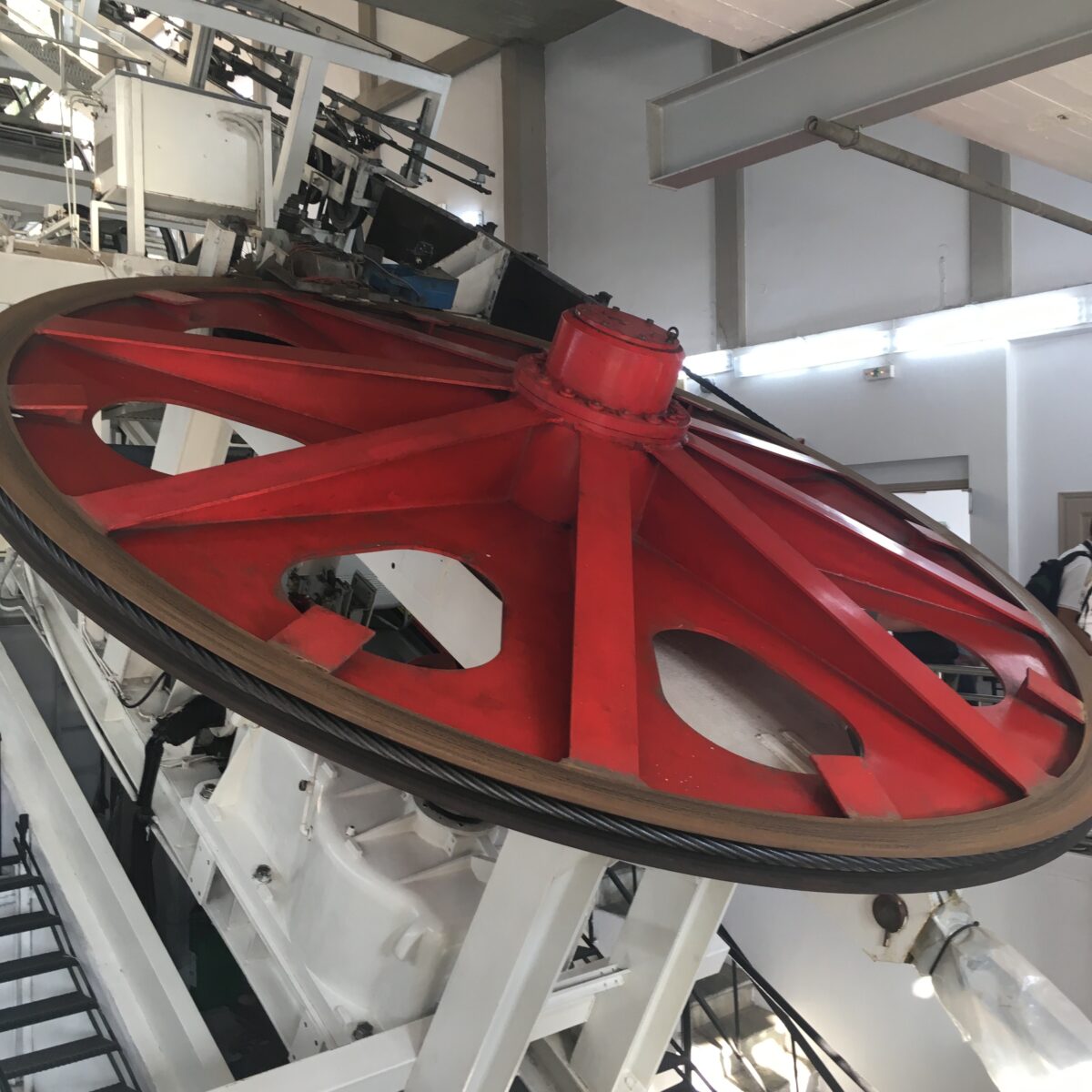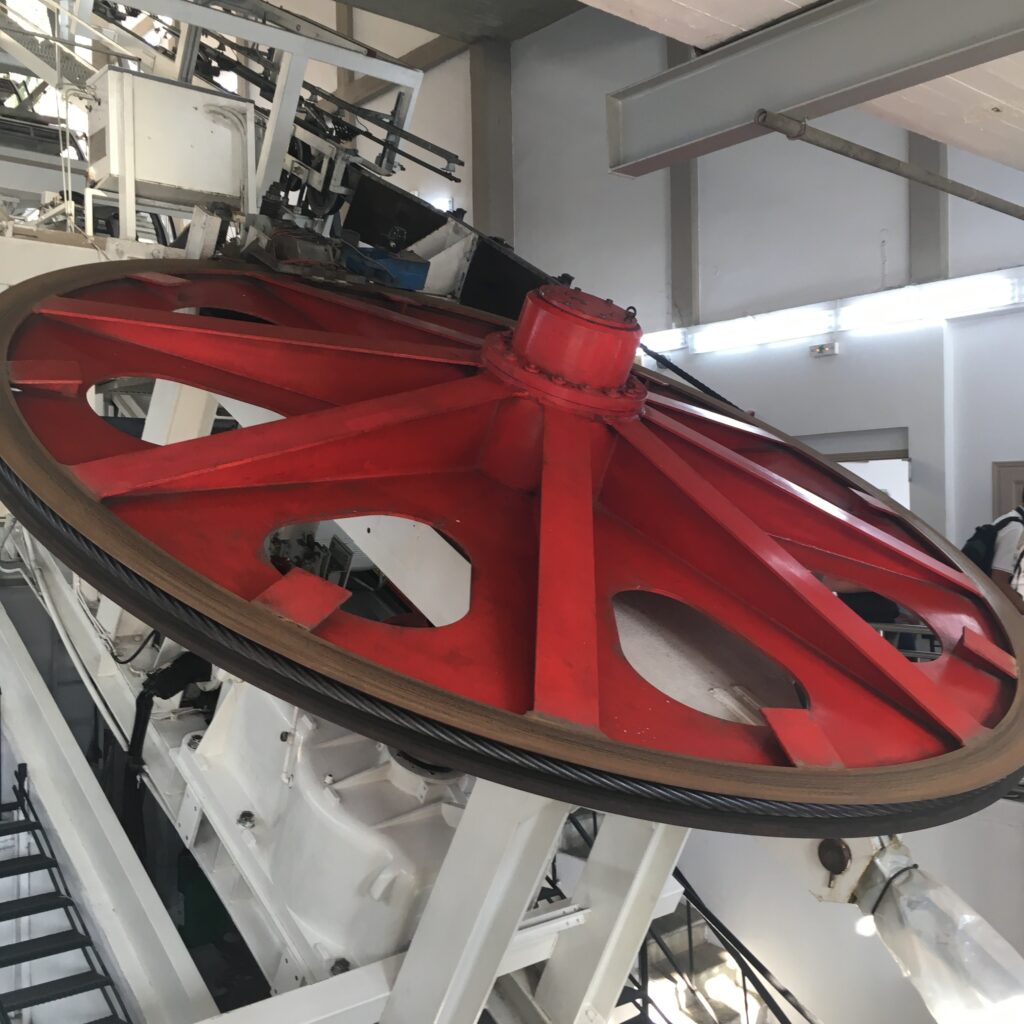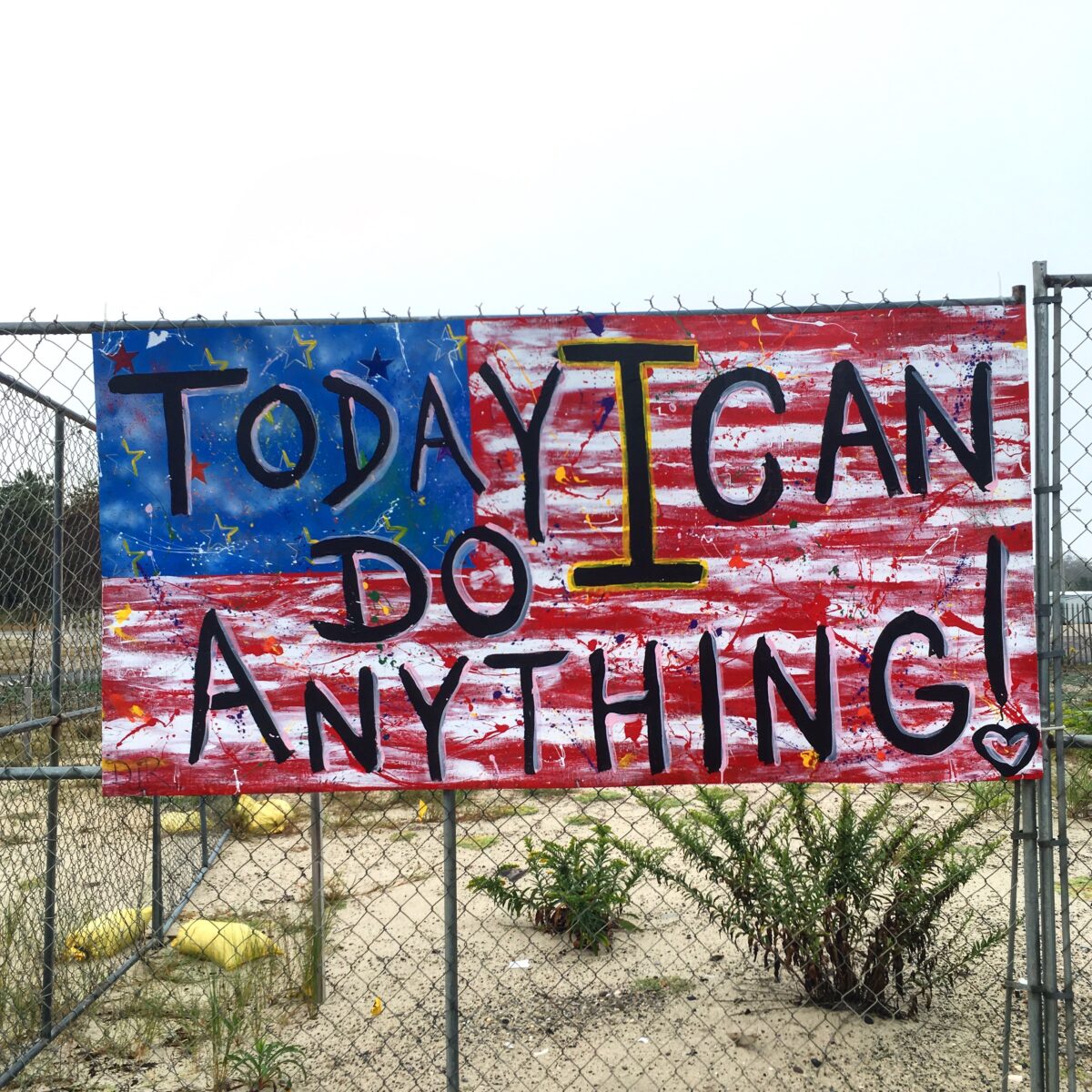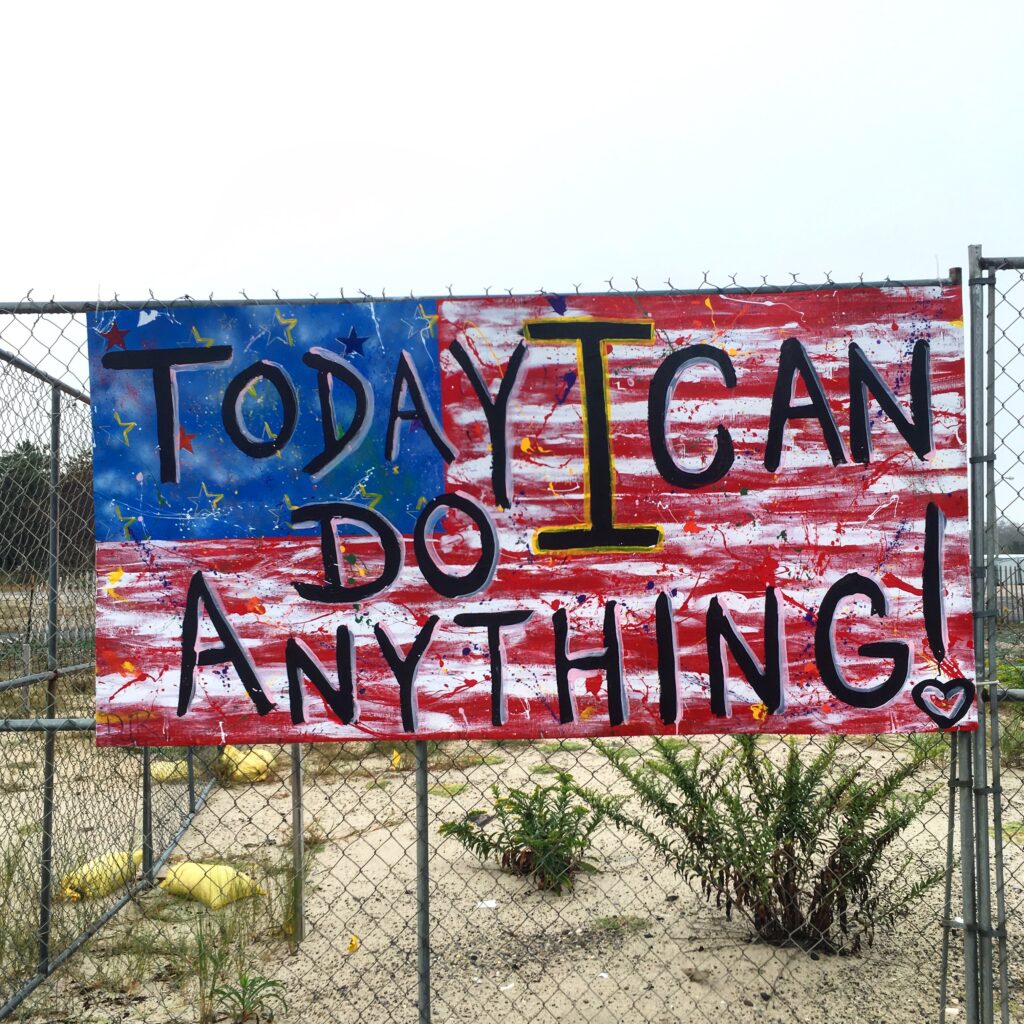

On October 29, 2020, the New Normal Project convened a roundtable of foundation, community foundation, and Jewish Federation funders to explore how the pandemic has impacted the work of funders – and what possible implications are for both funders and grantees in the future.
Discussion questions included:
- What have you and/or other funders done right and wrong so far in responding to Covid 19?
- How are you developing your picture of what the new normal will be like? What do you think the biggest issues will be for the Jewish community and for funders?
- What approaches are Jewish funders considering/should be considering to help non-profits address the next phase of the pandemic’s impact? How are you prioritizing the use of your Foundation’s resources and adjusting spending policies or grant approaches?
- What are you planning to do differently from your normal practices over the short and longer-term horizons? Are you engaging in any new collaborations to enhance impact on the field?
- Going forward, what do you see as the biggest challenges and opportunities facing Jewish funders? What emerging lessons can be applied?
- What types of innovations and eco-system change you would like to see (e.g. collaborations, mergers, consolidations, sunsetting, etc.)? What is the role of funders in promoting and driving innovation and/or putting pressure for change?
- What advice would you give to grantees in how they should be dealing with funders?
Key themes that emerged included:
Communication is key – from funders to grantees, from Federations to communities, and from grantees to funders and supporters. This needs to be honest and transparent.
Response to a crisis is a long distance race, not a sprint.
Funders stepped up in significant ways in response to Covid, in terms of increasing spending policies, relaxing grant restrictions and reporting requirements, and providing additional support and renewal grants. It is unclear how sustainable this is, given that needs will likely be even greater next year, and we won’t know how donors “replenish” their funds until the end of the year.
Great opportunities to connect and do business remotely via zoom, but while technology has catalyzed some change, there are also costs and limitations.
This crisis provides a tremendous opportunity to innovate, but many funders have not focused or coalesced around how to have conversations about change or different ways of doing business, including mergers and alternative/deeper collaborations. And funders have a crucial role to play in catalyzing and incentivizing these conversations.
Among more local funders, there seems to be an increasing shift and prioritization of local funding needs vs. national or international needs.
It was also clear in this discussion that there isn’t a lot of clarity about what the new normal will look like – or should look like – and that this uncertainty will continue for a while. Also, many funders don’t have the bandwidth or expertise to figure all this out. A key question is how to facilitate discussions about needed change among grantees, and how funders can leverage their leadership role in catalyzing change.











